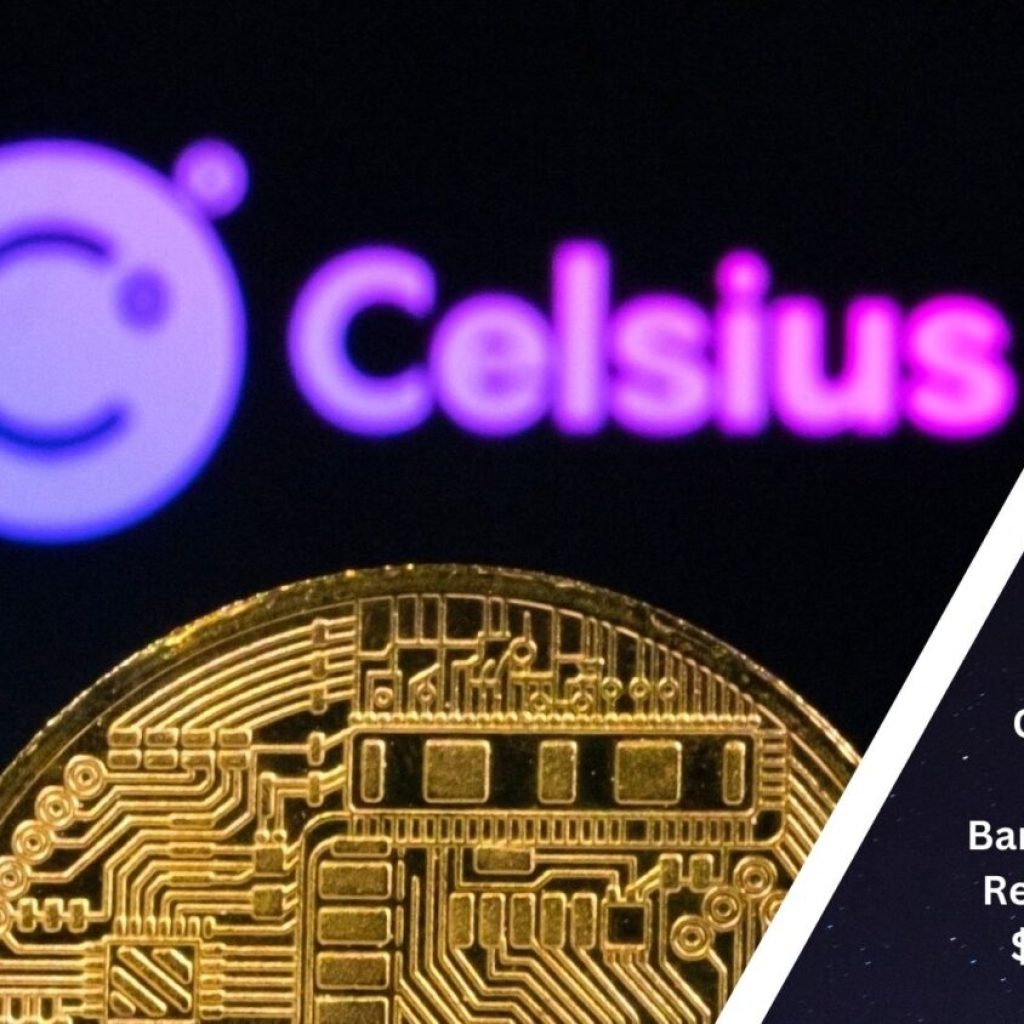As Ethereum’s gas fees skyrocket to their highest point in eight months, enthusiasts and skeptics alike are buckling up for what appears to be another rollercoaster ride in the cryptocurrency market. This increase corresponds with a significant 10% increase in Ether’s price for the first nine days of February, bringing the cryptocurrency’s worth beyond $2,450 for the first time in three weeks. This spike is not an isolated incident, but rather part of a larger positive trend in the cryptocurrency market, which is significantly impacted by the current macroeconomic climate.
Macroeconomic winds fill Ethereum’s sails
The recent rally in Ether’s value and the subsequent rise in Ethereum gas fees are occurring against a backdrop of weak economic data from China and evolving U.S. fiscal debt trends, which together are creating a favorable environment for risk-on assets like cryptocurrencies. The world’s biggest economy is facing impending economic issues, as highlighted by U.S. Federal Reserve Chair Jerome Powell’s demand for a more sustainable path for public debt. Given that U.S. debt payment expenses are expected to rise from 2.4% of GDP to 3.9% over the course of the next ten years, investors are turning more and more to ETH and other rare alternative assets as a hedge against future economic volatility.
The Chinese government’s reaction to the decline of its manufacturing sector, which included important regulatory measures intended to rescue the beleaguered real estate development market, has further reinforced this trend towards alternative investments. While the majority of risk-on asset flows are still drawn to conventional investment routes like the U.S. stock market, Ethereum’s attraction is being amplified by its perceived scarcity and potential as a buffer against economic volatility.
But what’s actually behind the rally?
But what’s really driving Ethereum’s price rally? Upon deeper examination of network activity, one finds a growing ecosystem marked by more on-chain activity and deposits. An important measure of Ethereum’s health and vitality, the total value locked (TVL) in the network’s smart contracts, peaked eleven months ago, indicating strong demand for ETH. This increase may be partially attributed to the EigenLayer liquid staking solution’s spectacular growth, which has seen its TVL leap from only $1.15 billion the previous month to $5.85 billion.
Ethereum has a commanding lead in transactions fees, which is a proxy for network demand, further demonstrating its supremacy in the field of decentralized apps (DApps). Ethereum’s costs are eight times higher than those of its nearest rivals, indicating that the network is still the preferred choice for both developers and consumers. By permitting fractional ownership inside the current ERC-721 standard for nonfungible tokens (NFTs), new developments like the ERC-404 token standard promise to significantly increase Ethereum’s usability and appeal.
The setting is set for Ethereum’s ecosystem to continue growing and developing as it prepares for the much awaited Dencun network update, which is expected to lower transaction fees for layer-2 rollups. Ethereum investors are unfazed by the recent spike in gas prices because of the network’s robust performance and the larger macroeconomic variables at work. The price behavior of Ether seems more stable than when it previously faced the $2,650 resistance level, therefore the prognosis for Ethereum is still cautiously bullish.





